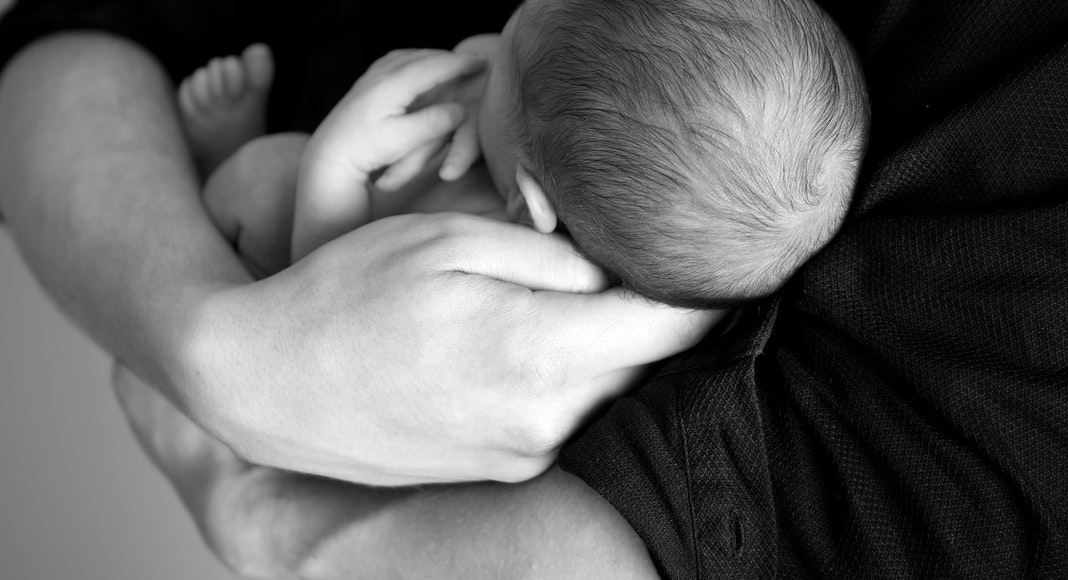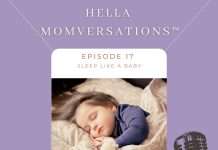 For 5 years, I served as the public education manager for a child abuse prevention non-profit. Part of my work involved delivering a safe sleep and abusive head trauma training to hundreds of nurses, childcare workers, and parents. Parents who lose a child to SIDS (Sudden Infant Death Syndrome) are not necessarily abusive, but I will tell you that the death of an infant in any state goes before a Child Fatality Review Team.
For 5 years, I served as the public education manager for a child abuse prevention non-profit. Part of my work involved delivering a safe sleep and abusive head trauma training to hundreds of nurses, childcare workers, and parents. Parents who lose a child to SIDS (Sudden Infant Death Syndrome) are not necessarily abusive, but I will tell you that the death of an infant in any state goes before a Child Fatality Review Team.
Did you know that? That a multidisciplinary group of professionals from social service agencies and the medical field review every death of an infant, regardless of the cause of death. This is all done in an effort to figure out the risk factors associated with the death of infants and bring awareness to prevention.
According to the CDC, each year there are about 3,500 cases of sudden unexpected infant deaths (SUID) in the U.S. Those deaths are categorized into 3 areas; SIDS (sudden infant death syndrome), unknown cause, and accidental suffocation and strangulation in bed. But let’s face it, an infant death for any reason is a tragedy.
Facts to Consider
SIDS is the death of a baby under the age of one year who dies suddenly, often in the middle of the night. It typically occurs in an infant who was otherwise healthy. It is more likely to occur between two and four months of age and is more likely to affect boys than girls. Most SIDS deaths occur in the winter. It is the 3rd leading cause of infant death in the United States.
So during SIDS Awareness Month, which occurs every October, I want to teach you what I taught all of those other adults, no matter your role in the life of a baby.
What can I do to prevent SIDS and the other causes of SUID.
Practice safe sleep
Baby is on their back, for ALL sleep (naps and bedtime). Allowing a baby to sleep in anything else (car seat, swing, etc.) can cause positional asphyxiation.
Use a firm mattress with a fitted sheet.
NOTHING else belongs in the crib with the baby. No blankets, soft toys, positioners, bumper pads, pillows in which a baby can roll into and suffocate.
Keep the baby’s crib/bassinet in the same room as you at least for the first six months of life, up to one year is better.
Do not cover your baby’s head or allow them to get too warm. In addition, if a hat comes off it can cover baby’s face and they could suffocate.
No smoking around baby.
The smoke can paralyze their cilia in their nasal passages which would typically filter out the toxins
Do not use drugs or alcohol during pregnancy.
Breastfeeding is best.
Take baby to the pediatrician for their scheduled well checks.
Offer a pacifier to baby at naptime and at night.
If you are breastfeeding you may want to wait until baby has taken to breastfeeding.
Always talk to your OBGYN and pediatrician for the most current information and recommendations from the American Academy of Pediatrics. It is important to know what you can do to prevent SIDS and how to reduce your baby’s risk.

















